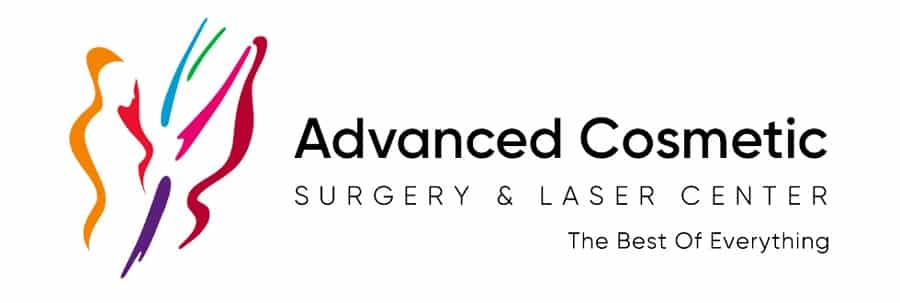Lines around the mouth, or perioral area is a common concern. Thin lips are also a big concern for many. Today’s Lunch discussion is about cosmetic treatments that can address these particular concerns. In addition, we will be discussing surgical options specifically a Subnasal Lip Lift Advancement . We will be joined by Wendy, who about 6 weeks ago underwent a Subnasal Lip Lift Advancement Procedure.
The subnasal lip lift is one of the more popular procedures performed by Dr. Mendelsohn specializes in facial cosmetic surgery. Learn more about the subnasal lip lift, including what’s involved, who it’s suited for, and what you can expect afterwards.
ABOUT THE SUBNASAL LIP LIFT
In recent years, volume loss and imbalances in the lip and mouth area have been popular topics in the general media and in medical publications. Lip augmentation using injectable fillers has become an increasingly popular treatment option for patients and has been subject to a great deal of attention.
The subnasal lip lift, often provides fantastic results to patients. The surgery involves creating balance between the top of the lips and the area where the lips and chin meet. The goal of a subnasal lip lift isn’t to simply create a fuller lip or to enhance the volume of the lip. However, it creates harmony and balance in the lips which is essential to creating an appealing appearance. To do this, they divide the distance from the bottom of the nose to the chin into thirds.
The distance from the base of the nose to the line where the lips touch should be one third of the distance from the nose to the chin. In addition the portion of the lip above the red lip should be concave, there should be a small ridge or pout where the red portion begins and the red portion should be convex. The upper lip should protrude slightly more than the lower lip, but the lower lip should have more red show, more fullness.
The lip can be flat or long in some people either due to aging or hereditary. Additionally, some patients have a longer upper portion of the lip, either as a result of aging or genes. The subnasal lip lift will shorten the portion of the lip and add volume to the rest of the lip. As a result, the lips look fuller and more youthful. More of the patient’s teeth are revealed when he or she smiles.
CANDIDATES FOR A SUBNASAL LIP LIFT
The ideal candidates for a subnasal lip lift are people with a very long upper lip. The upper lip hoods the top row of teeth so that there isn’t much tooth shown when a person smiles. Other good candidates for the surgery are those with diminished volume in the lip.
When performed on its own, a subnasal lip lift takes less than 30 minutes and is performed in an office setting, using local anesthesia. It’s possible to combine the surgery with other facial plastic surgery procedures, such as a facelift. Recovery after a subnasal lip lift can take up to seven days. Patients often have some mild swelling in the area, but this can be easily managed.
FREQUENTLY ASKED QUESTIONS ABOUT SUBNASAL LIP LIFT
What is a Subnasal Lip Lift?
A subnasal lip lift elevates the top portion of the lip and reduces the distance between the upper lip and bottom of the nose. The result is a smile that is fuller and more youthful.
Am I a Good Candidate for a Subnasal Lip Lift?
If you are in good overall health and are looking to reduce the size of your upper lip, or to increase the volume of the red portion of the lip, you are likely a good candidate for a subnasal lip lift.
Where is the Surgery Performed?
A subnasal lip lift is most commonly performed in an office setting. The surgery can also be performed with other procedures, in which case it is typically performed in a surgical setting.
What Type of Anesthesia is Used?
When a subnasal lip lift is performed on its own, only local anesthesia is used.
How is a Subnasal Lip Lift Performed?
To begin the surgery, Dr. Mendelsohn will make a very small incision at the junction between the nose and lip. The surgeons usually make the incision in the natural crease of the area, so that it is well concealed. After making the incision, a small, curved strip of skin is trimmed away, to lift the lip area. The resulting wound is stitched up with sutures. Most of the sutures will be removed within 5 to 7 days. Some of the sutures are dissolvable and will fade on their own.
How Long Will a Subnasal Lip Lift Take?
If a subnasal lip lift is performed on its own, it can take less than 30 minutes.
Can I Combine the Surgery with Other Procedures?
Yes, you can combine a subnasal lip lift with a variety of other facial surgeries and cosmetic treatments. Some patients undergo a lip lift at the same time as a facelift, for example. Combining a facelift and lip lift helps provide a patient with a more thorough facial rejuvenation. It’s also common to combine a lip lift with dermabrasion or another skin resurfacing treatment. Some people decide to combine a lip lift with other lip augmentation procedures. In addition for some patients with a very thin red lip, fillers or connective tissue grafts placed in the lip will create the most flattering result. The options that are available to you will depend on your specific goals and the amount of time you have for recovery.
Will There Be Scarring After the Procedure?
Although there will likely be a scar after a subnasal lip lift, the size of the incision made and the location of the incision means that the scar is usually very difficult to see. It is often a very fine line that is hidden by the shadow of the nose.
When Can I Go Back to Work?
Usually, patients take about a week off after a subnasal lip lift. Sutures are usually left in place for five to seven days after the surgery, plus many people have bruising and prefer to avoid being seen by friends and colleagues. After a week, it is usually fairly easy to cover up any remaining bruises with makeup.
Will I Need to Avoid Certain Activities After a Subnasal Lip Lift?
You can participate in most physical activity almost immediately.
Since you’ll want to avoid putting pressure on the lip and nasal area, it’s recommended that you avoid activities such as diving or snorkeling for at least two weeks after your surgery. If you have any questions about specific activities, please ask your surgeon.
Are There Risks?
All surgeries have risks, but having the procedure performed by board-certified, highly trained and qualified surgeon helps dramatically reduce those risks. Potential risks include infection and unwanted scarring, but both are very rare.


Recent Comments